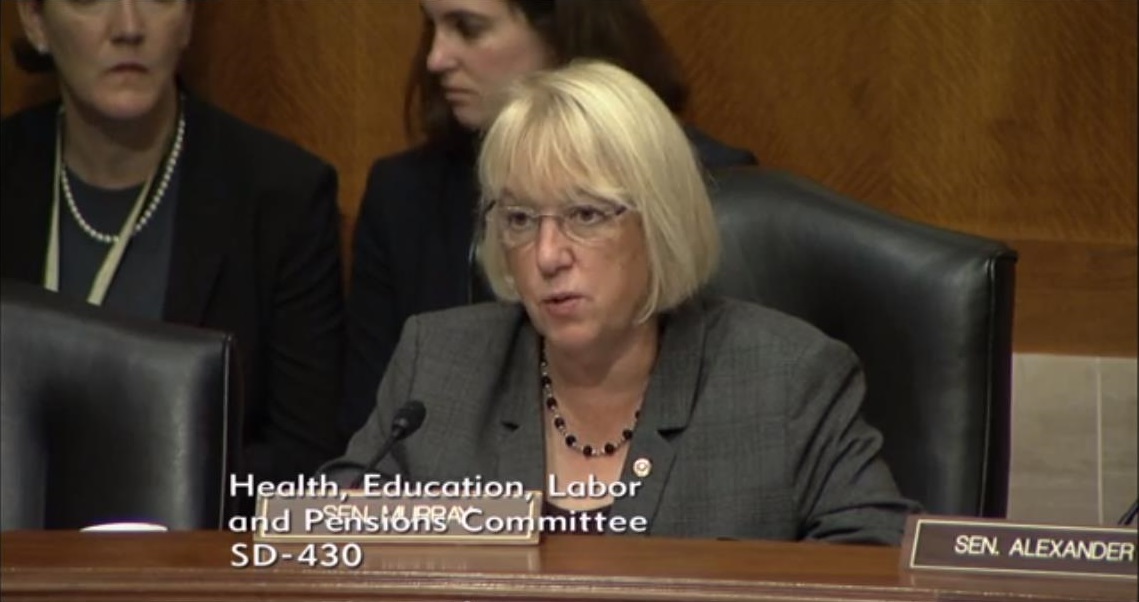School-Age Care: Now’s the Time to Support It


Finding ways to keep children safe and occupied during the summer can be a challenge. The long days can conflict with work schedules and the shuffling to and from summer camps can quickly become exhausting for parents. This time of year, children are starting to settle into their new school routines. They are getting to know their new teachers, playing with their classmates, and on their way to a successful school year, but for many parents, finding before- and after- school care can be just as frustrating as finding summer care.
School-age care can help working parents keep their jobs. The two federal programs that provide the primary support for after-school activities include the Child Care and Development Block Grant (CCDBG) and 21st Century Community Learning Centers (CCLC).
CCDBG helps families afford child care for their children, including before- and after-school for their school-age children. One-third of the children benefiting from CCDBG are ages six and older. As states implement the law reauthorizing (renewing and updating) the CCDBG program, and work to comply with its various demands and requirements—which entail additional costs—it is essential that states maintain support for school-age children.
Parents also can seek after-school opportunities that are supported by the 21st Century Community Learning Centers program. It provides federally funded after-school academic enrichment programs, especially for students attending high-poverty and low-performing schools. 21st CCLCs are available in every state and can help students meet state achievement standards.
The importance of after-school care for both children and their parents cannot be overlooked. Parents with children in reliable after-school programs are able to work, and do so with the reassurance that their children are safe. Reports show that:
- Students in after-school programs have better attendance records, grades, and graduation rates.
- Seven million children nationwide are exposed to STEM at their after-school program
- Children who are introduced to STEM at a young age are more likely to gain problem solving and fine motor skills, perform better in school, and feel prepared for the modern workforce.
- Daily participation in after-school care can reduce risky behaviors such as drug use and criminal actions.
- After-school care can complement the regular school day and foster a child’s creativity by offering exciting field-trips and music and art programs.
- Eight out of ten parents say that afterschool helps them keep their jobs. Working parents create a more financially stable family and a stronger national economy.
Although CCDBG has recently seen a historic increase in funding—an additional $2.37 billion for FY 2018—it still serves only one in six children eligible for federal child care assistance. Over 21 million children are eligible for the 21st CCLC program, but inadequate funding allows only 1.7 million children to participate. The After School Alliance reported that in 2014, 11.3 million children were unsupervised after school hours.
After-school care is much more than just a holding place for children until the workday ends; it is a time to spark their curiosity, make friends, and fall in love with learning outside the class. We can help ensure that more school-aged children are able to participate in after-school experiences by increasing funding for both CCDBG and the 21st CCLC program. Urge your federal and state policy makers to invest more in after-school care to help parents work and children grow.




